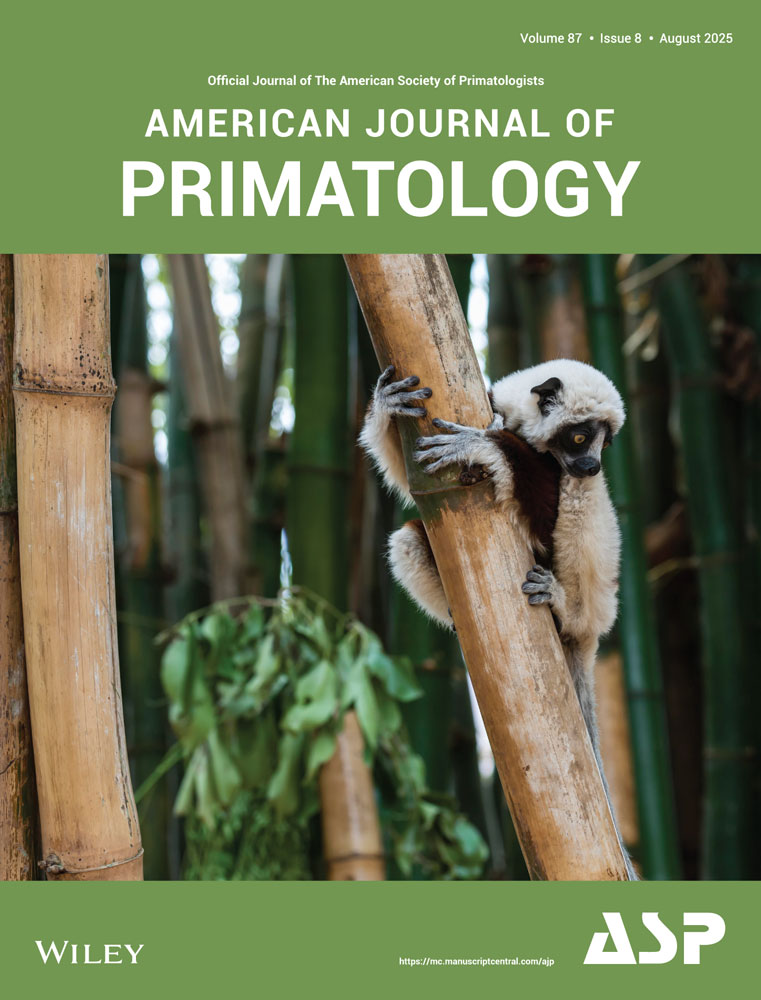The relationship of serum estradiol and progesterone concentrations to the enzyme immunoassay measurements of urinary estrone conjugates and immunoreactive pregnanediol-3-glucuronide in Macaca mulatta
Abstract
Paired urine and serum samples from four conceptive and six nonconceptive ovarian cycles of seven adult Macaca mullatta were analyzed by radioimmunoassay (RIA) for circulating estradiol (E2) and progesterone (Po), and urinary estrone conjugates (E1C) and immunoreactive preganediol-3-glucuronide (iPDG) using enzyme immunoassay (EIA). Nonconceptive cycles exhibited a fivefold increase in urinary E1C and serum E2 levels from follicular phase levels to the preovulatory peak. Linear correlation between urinary E1C and serum E2 nonconceptive cycle hormone levels was significant (P <0.01, r = 0.69). Luteal phase levels of iPDG and serum Po levels were approximately parallel in nonconceptive cycles. Similarly, conceptive cycle urinary E1C levels and serum E2 measurements had a correlation coefficient that was significant (P<0.01, r = 0.45). Nonconceptive and conceptive cycle iPDG and Po levels were significantly correlated (P = 0.05, r = 0.63, and P<0.01, r = 0.66, respectively). These data demonstrate that EIA measurements of ovarian hormones in daily urine samples can be used to accurately monitor ovarian function and early pregnancy in Macaca mulatta.




